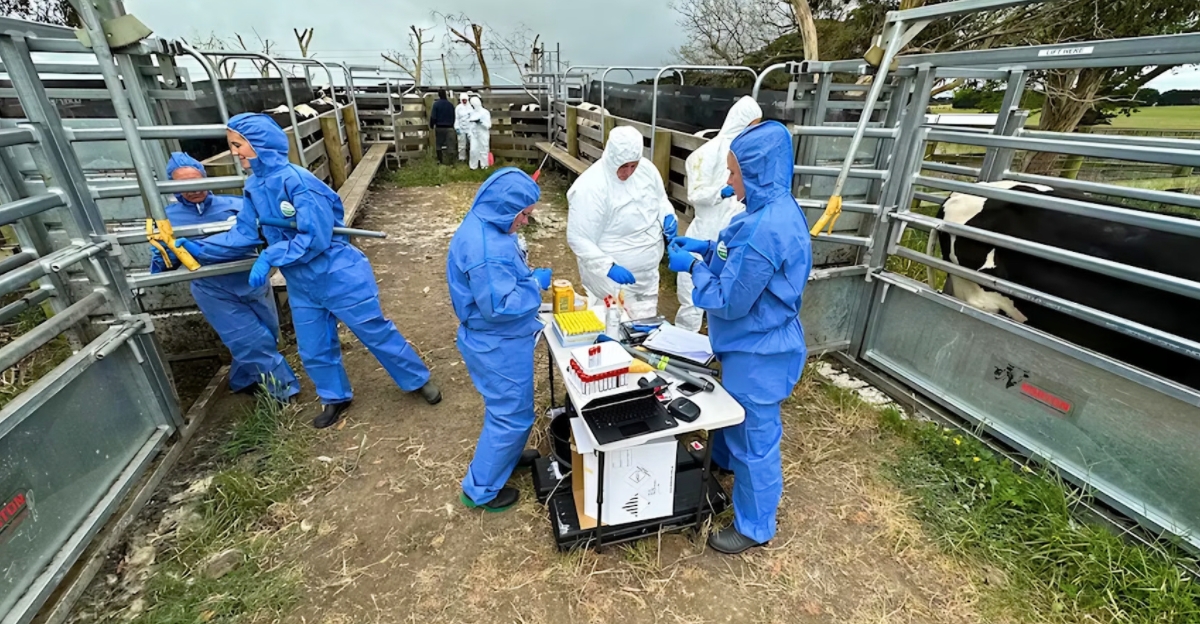
There’s a new subject creeping into rancher talk, border security bulletins, and veterinary rumor: something flesh-eating is coming back to North America. While dystopian titles are everywhere, this one nips a little harder—literally.
It is not a zombie, not an AI glitch, and not a science fiction fungus. This is an old, true, and troubled creature with a history that’s difficult to wash away (though that has been done by many). It used to consume billions of dollars’ worth of cattle. And it’s coming back. The question is: Are we prepared for it?
What We Know So Far
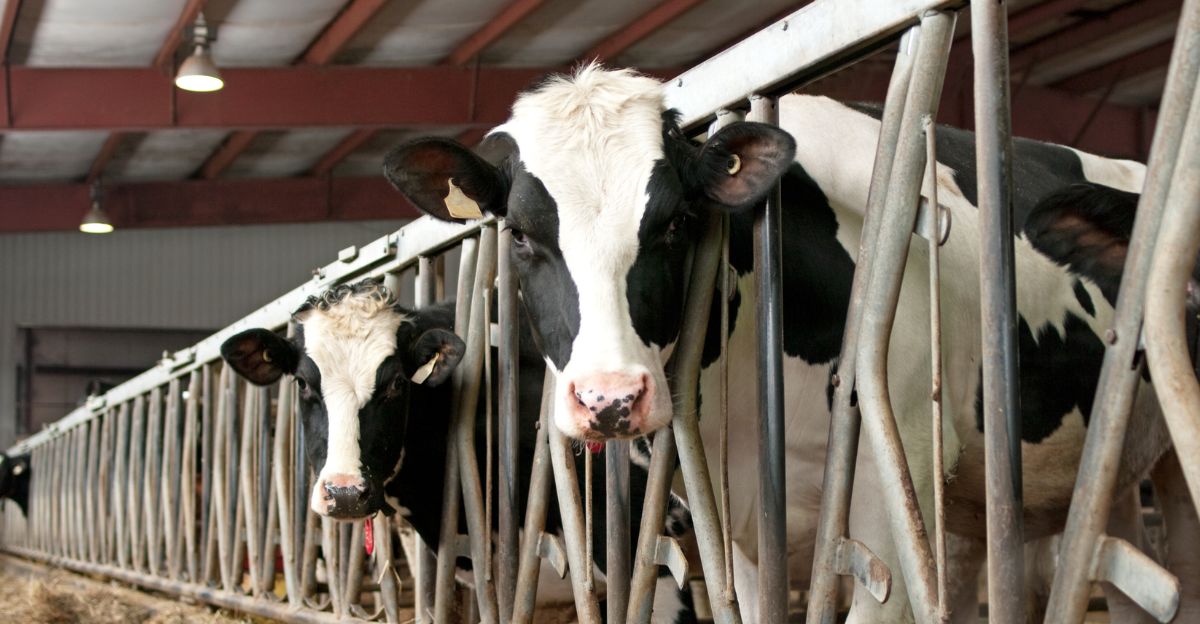
At a strategic border crossing with Mexico into the U.S., cattle are under lock and key—in custody, that is, not for disease or smuggling, but due to fears of biological incursion. Fear is mounting steadily but discreetly.
American officials, nonetheless, are preparing contingency plans. What would most likely spur the Department of Agriculture and cross-border ranchers on to sounding the alarm so anxiously?
The Calm Before the Swarm

This threat doesn’t pass quickly like a virus or a disaster. That is the worst part. That makes it the most lethal of all. It quietly sneaks up, it sticks around, and worst of all—it hides. In the South, temperatures are warming.
Veterinarians are already overwhelmed during their busiest season. But very few of them are even prepared to catch the early warning signs of something that’s likely already arrived.
Rewind to the 1930s
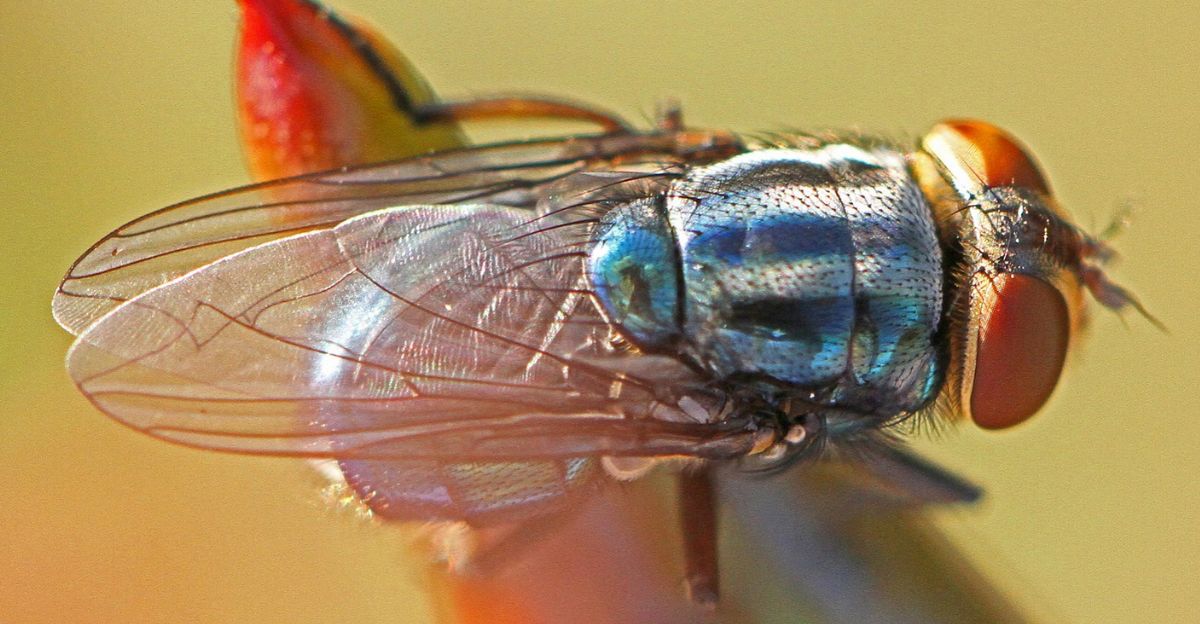
Farmers throughout the southern United States during the Great Depression were waging a merciless, flesh-devouring parasite war. It was the New World screwworm. It would deposit eggs into fresh animal wounds.
The larvae didn’t consume blood or pus. They consumed living tissue. Whole herds of cattle would die, slowly, as if eaten away from the inside. Alive. And they were.
What Is the Screwworm, Anyway?

The New World screwworm fly (Cochliomyia hominivorax) is an otherwise unremarkable-looking fly. But when it deposits eggs in a wound, the larvae tunnel deep into tissue, eating everything in their path.
Untreated, it can kill a mature cow in seven days. It has no prejudice—livestock, pets, wildlife, and even humans have fallen victim to it before. Once inside, it’s no simple feat to remove.
A Scientific Success—Temporarily
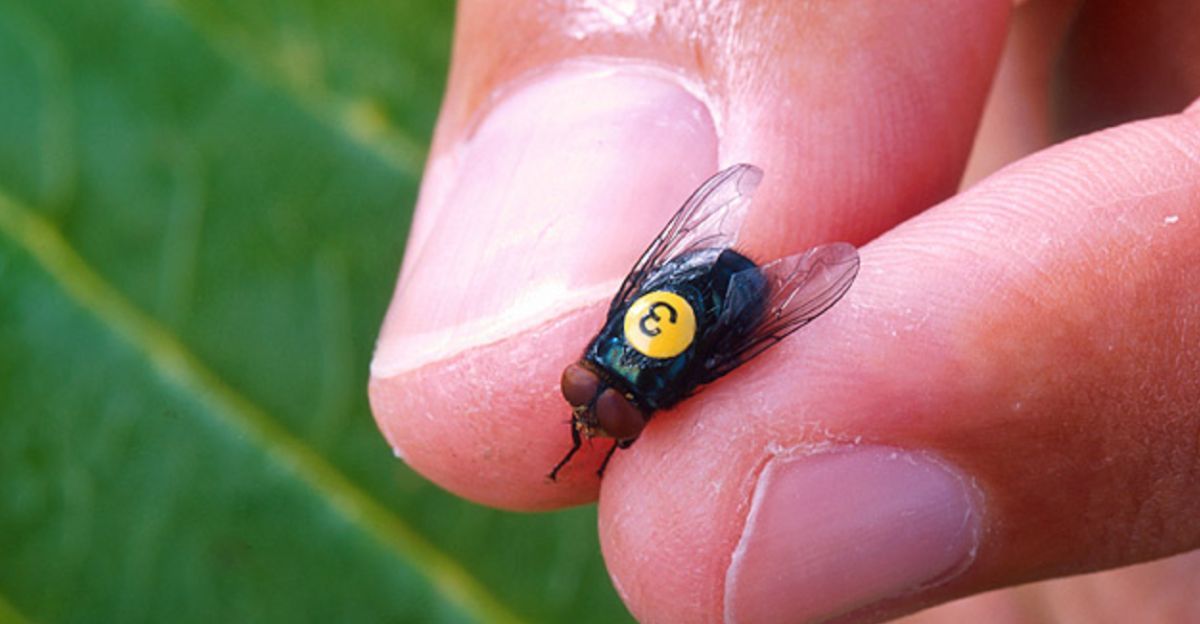
At last, after decades of destruction, scientists succeeded. They found that releasing sterilized males into the wild would eliminate screwworm infestations. Since females only mate once, mating with a sterile male would result in no offspring.
Years later, this plan proved highly effective. By 2000, screwworms were nearly eradicated from North and Central America. But as with most successes, upkeep was costly—and volatile.
The Panama Line of Defense

In an effort to quarantine the screwworm, Central America and the U.S. constructed a sort of biological “wall” through Panama. Sterile fly factories were built, churning out 100 million sterile screwworms per week.
It worked well—initially. But with an altering climate, political instability, and budget woes, cracks were starting to form in that intangible barrier. As always, nature finds a way.
Warning Signs in 2025
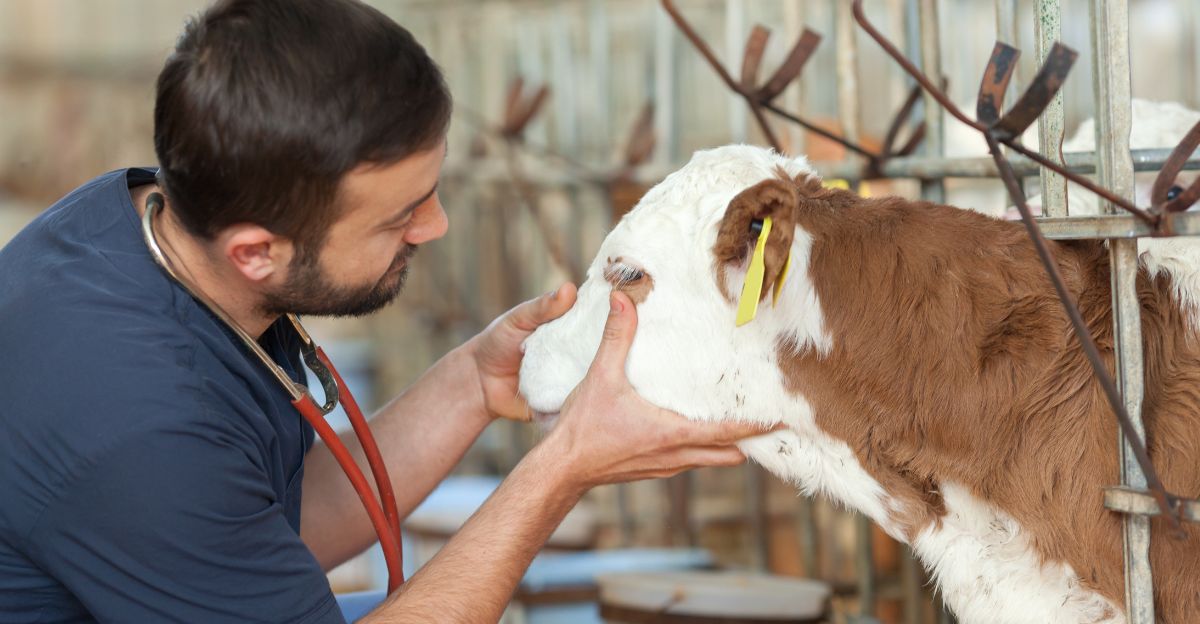
Ranchers and veterinarians have been reporting the following incidents for months now. Sudden injuries to cattle and ordinary wounds resulting in sudden, fatal infections. Officials can attest that screwworms are back along the U.S.-Mexico border.
They’re not widespread—yet. But that’s how it always starts. A single fly will be enough to set off a domino effect.
Why Mexico Matters

America and Mexico are having tense negotiations currently. To contain the outbreak, the U.S. insisted on flying sterile flies in planes across Mexican skies—something that Mexico refused to accept.
However, after threatening to prohibit livestock imports, a deal was struck. But still, the issue lies unresolved: the sterile flies can be produced only in Panama. Demand is likely to surpass supply soon.
What If It Spreads?
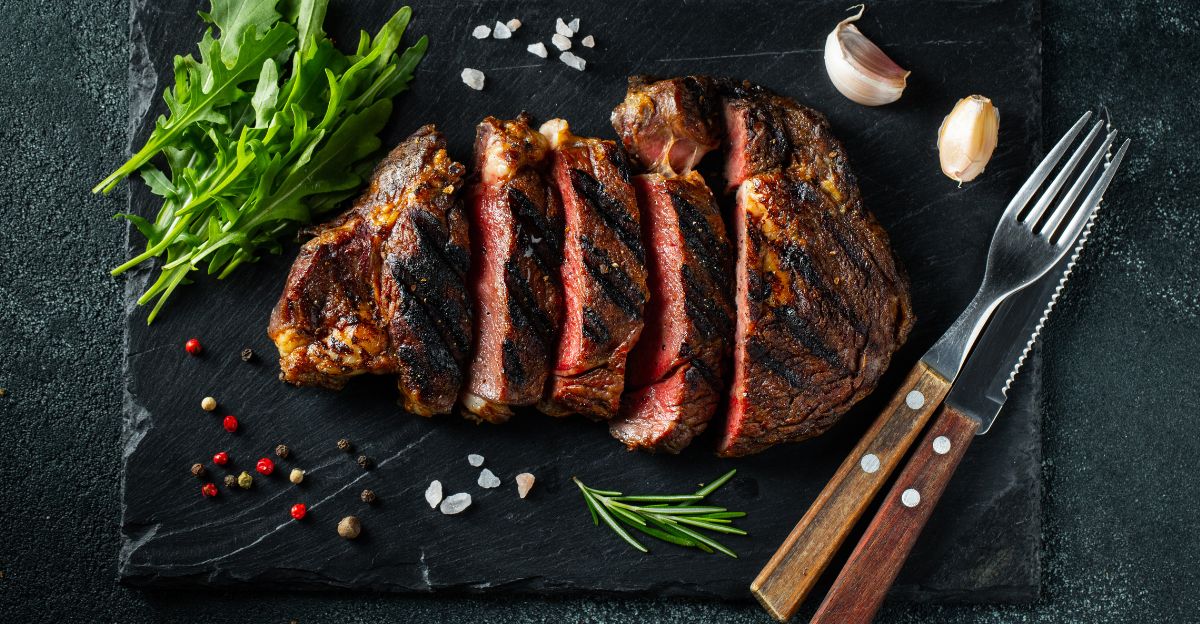
If the screwworm infests southern Texas or Arizona, economic effects would be staggering. Cattle herds are already under stress due to climate, feed scarcity, and avian flu disruptions.
Another livestock emergency will drive beef prices sky high. It’s not ranchers alone who will feel the pinch—it’s grocery shoppers, restaurant operators, and the whole meat supply chain.
Pets May Be the First Victims

Most experts’ worst nightmare is that the earliest signs of domestic infestation won’t be in ranches—but in veterinary clinics. A septic, odd boil on a dog. A cat with a wound that won’t heal.
Most new vets know nothing about screwworms. One miscalculation and the pest goes undetected for weeks. “Patient zero,” one vet predicts, “will most likely be someone’s pet.”
Why We Might Already Be Too Late
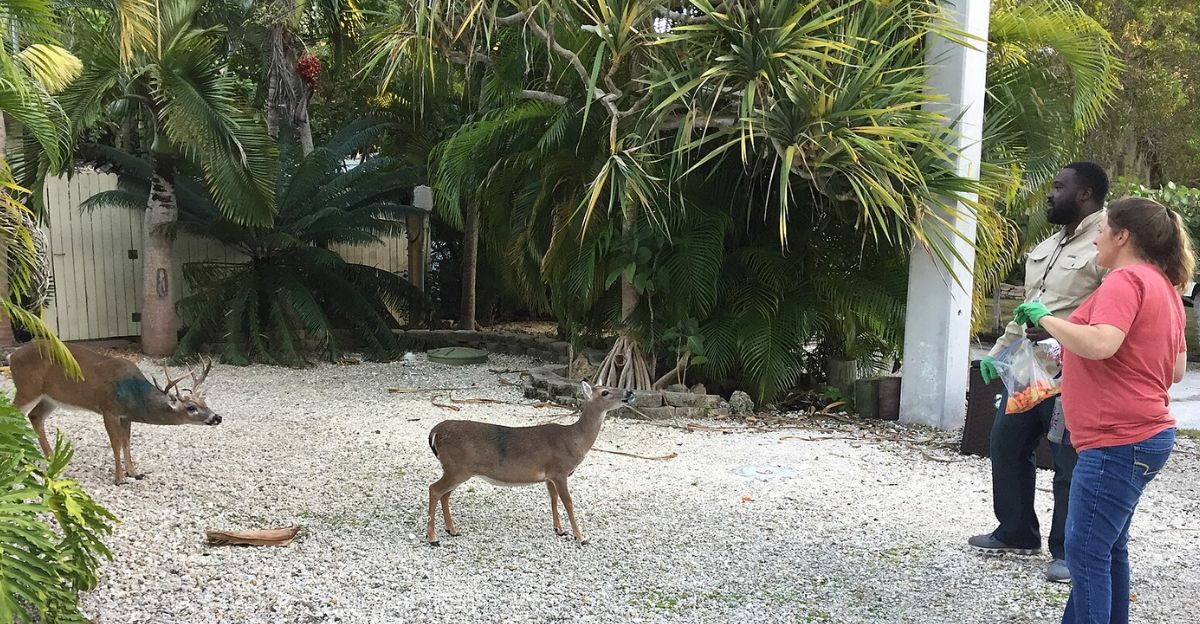
A few think that the screwworm may already be here, waiting patiently in the wild, stuck to deer, coyotes, or feral hogs. These animals travel freely across borders, outside of fences or pens.
If so, the return isn’t only on the horizon. It’s already here. And that would revolutionize the containment strategy.
Slowing the Swarm

There is hope. The sterile male technique still works. But scaling it up quickly may be the hardest part. Financing, operations, weather, and political will are all variables in a high-risk equation.
The USDA is weighing emergency measures, as Panama’s fly factory runs around the clock to meet new demand. But it’s all contingent on rapid detection, cross-border cooperation—and maybe a little luck.
A Modern Pest for a Modern Age

The return of the screwworm reminds us that while we’re creating history with autonomous trucks and satellites in orbit, we remain painfully vulnerable to ancient biological threats.
Microscopic virus or a maggot eating its way out of a cow, nature doesn’t pay attention to borders or budgets. This summer’s fight might not be waged online, but in the open wounds of a wandering deer.
Explore more of our trending stories and hit Follow to keep them coming to your feed!

Don’t miss out on more stories like this! Hit the Follow button at the top of this article to stay updated with the latest news. Share your thoughts in the comments—we’d love to hear from you!







